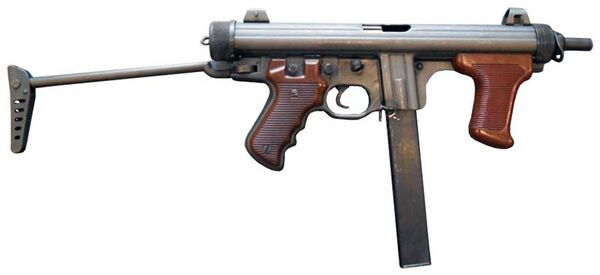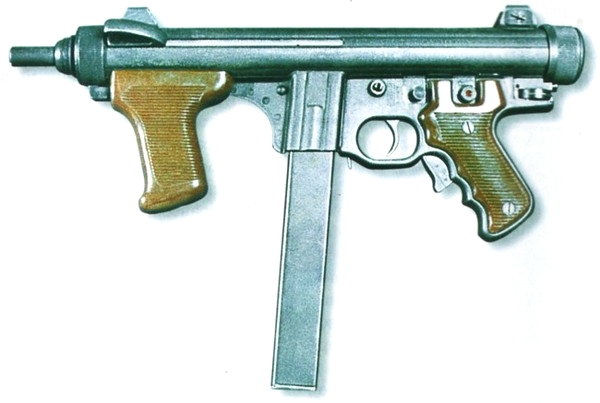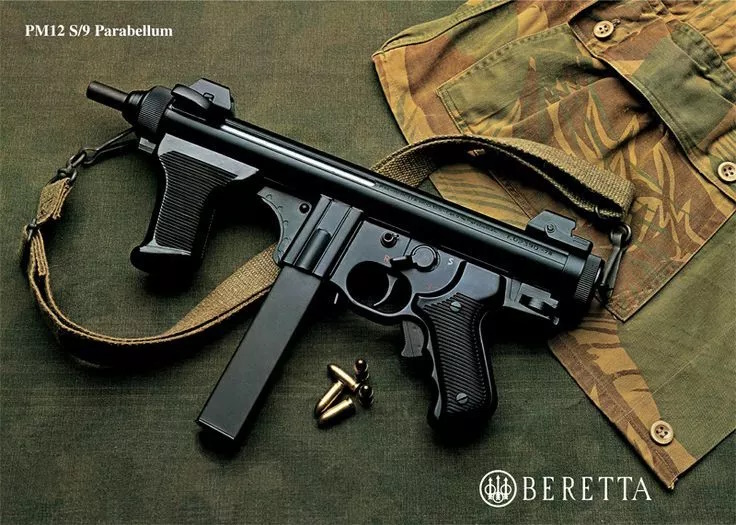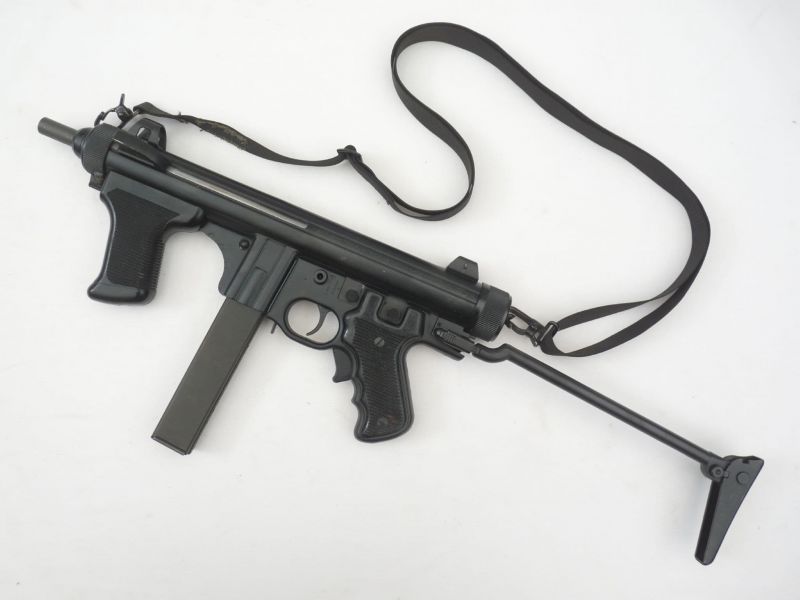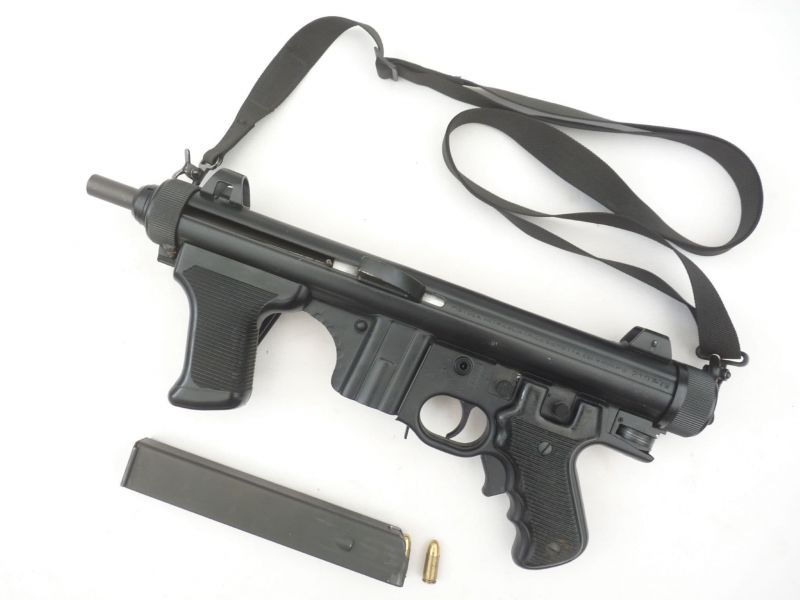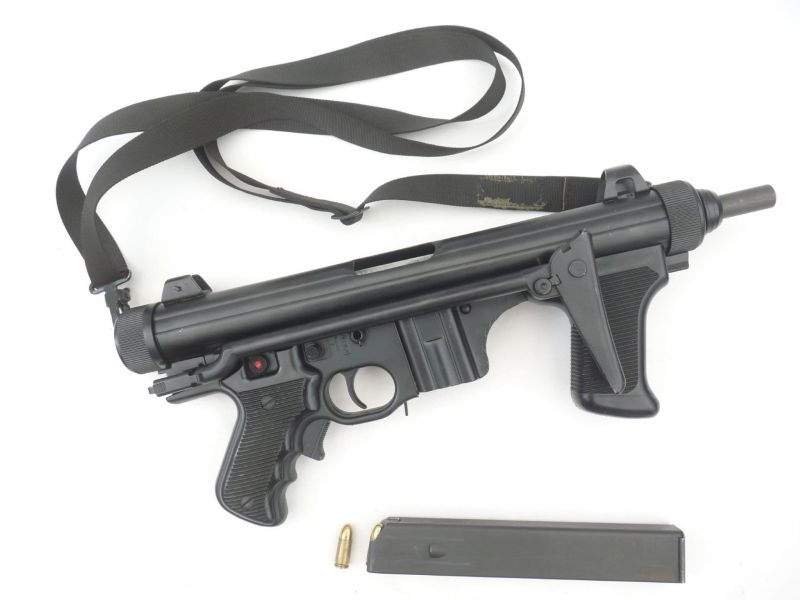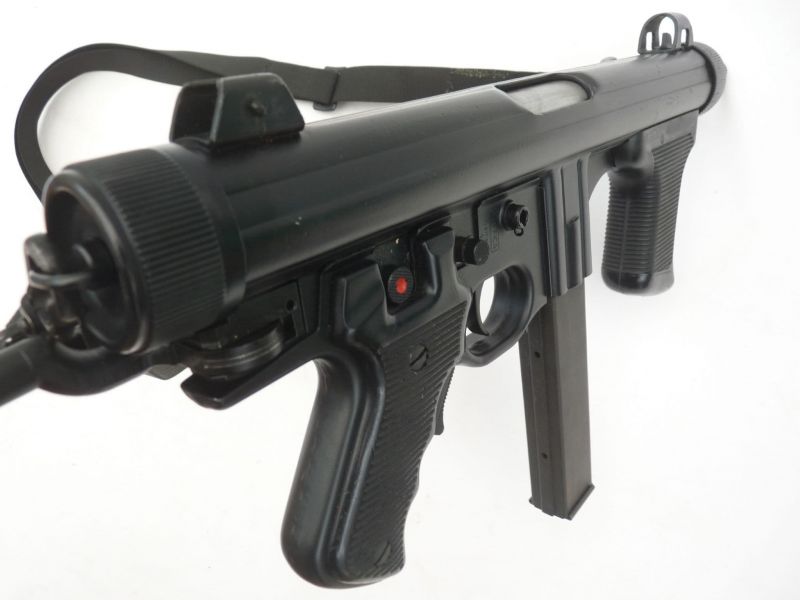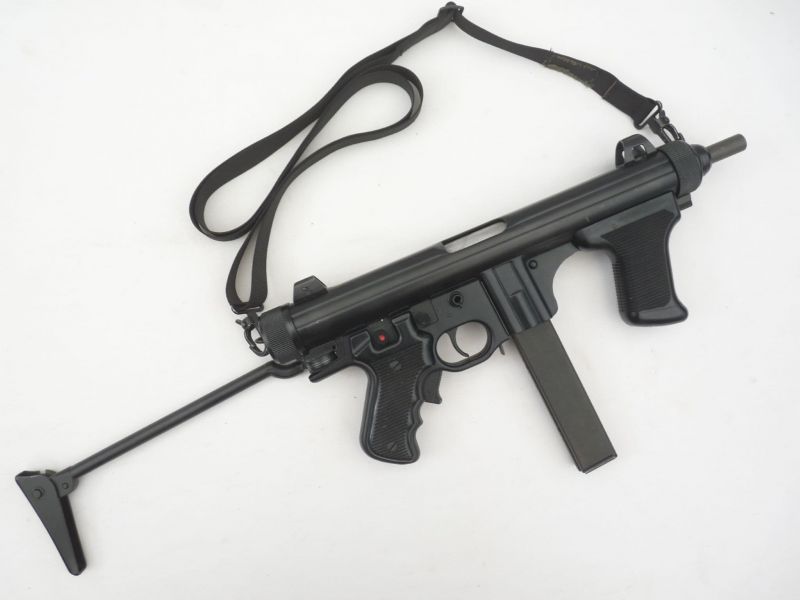M12 Beretta
| Factions | Weapon | Icon | Classes | Ammo |
|---|---|---|---|---|
 US |
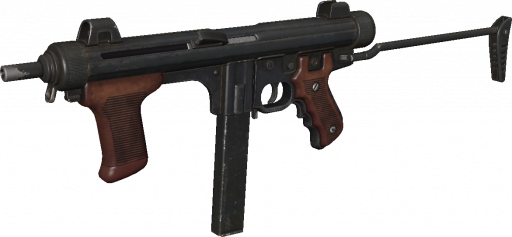 M12 Beretta |
 |
32 / 96 |
| Damage Base | Headshot × | Chest × | Stomach × | Leg × | Arm × | Reload Speed | |
|---|---|---|---|---|---|---|---|
| Partial | Empty | ||||||
| 37 | ×2.4 = 88.8 | ×1.3 = 48.1 | ×1.2 = 44.4 | ×0.8 = 29.6 | ×0.75 = 27.75 | 2.4 Seconds | 3.133 Seconds |
| Designation | Weapon Type | Fire Modes | Fire Rate | Bullet Spread ° | Range Modifier | Muzzle Velocity | Projectile weight | Weight |
|---|---|---|---|---|---|---|---|---|
| Model 12 | SMG | Auto | 550 RPM | 7.9° & 2.35° ADS | 0.83 | 380 m/s | 7.5 g (115.74 gr) | 3.2 kg (7.05 lbs) |
| Full name | Caliber | Place of Origin | Date | Manufacturer | Barrel Length | Total Length | Weapon Script Name |
|---|---|---|---|---|---|---|---|
| Beretta Model 12 | 9x19mm | Italy | 1959 | Beretta under license many other |
7.9 in (200 mm) | 25.4 in (645 mm) | weapon_m12 |
The Beretta M12, a 9mm submachine gun, was designed in 1959 and initially used by Italian law enforcement. Widely adopted in 1978, it replaced the older Beretta MAB. While the Italian Army briefly considered the Franchi LF-57, they never deployed it. A variant, the M12S2, was introduced in limited numbers in 1992. The Italian Air Force purchased M12S and M12S2 for airport security, but the weapon found more success in Arab countries and South America.
The weapon was first seen in Vietnam during the Tet Offensive in 1968 when the U.S. Marines guarding the U.S. embassy in Saigon repelled the assault by the Việt Cộng using the Beretta M12.
HISTORY
In 1959, Beretta redesigned the Armaguerra Cremona OG44 submachine gun to create the Model 12, replacing the MAB 1938. Weighing 3.48 kg empty, it's compact at 660 mm length (stock extended) and fires 9mm Parabellum rounds. Its telescoping bolt design allows for a short length without sacrificing barrel length. Chromium-plated barrel and rifling resist fouling, while epoxy resin coating protects against corrosion. Selective-fire with safeties, adjustable sights, and options for folding or fixed stock. Original Model 12 had 20-, 32-, and 40-round magazines. Later version M12S introduced mechanical differences.
SOURCE
-
Tet Offensive, the US Embassy in Saigon
-
Tet Offensive, the US Embassy in Saigon
